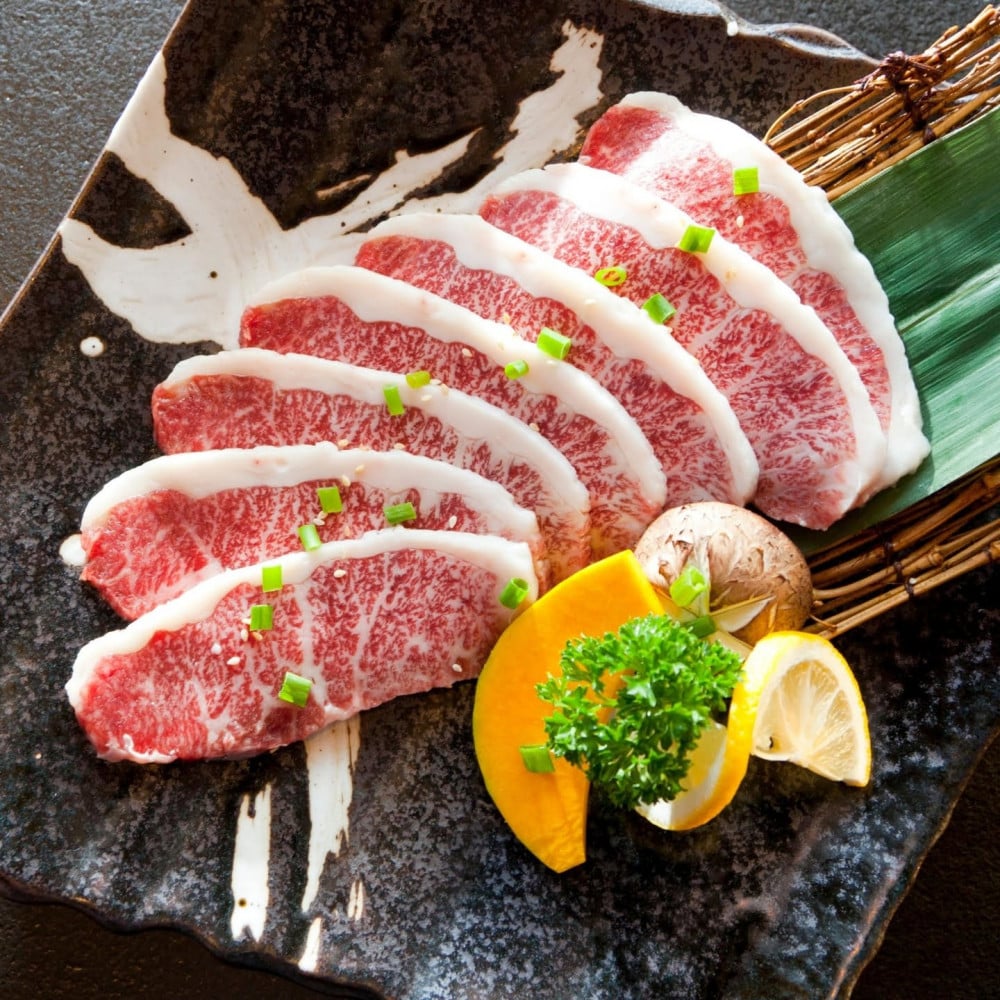
If you are someone who loves their food, you have probably heard of wagyu meat before.
You may have heard that it is one of the best foods in the world, with caviar and Truffles, which it certainly is. But what exactly is wagyu beef, and what makes it so great?
In this article, we'll explore Wagyu beef is detailed so that you have no doubt about what it is.
Wagyu beef is a type of The beef comes from Japan. “Wagyu” is a Japanese word that literally means “Japanese beef” or “Japanese cow” (“wa” is a name from Japan), but wagyu beef is much more than just the beef that comes from the Land of the Rising Sun.
It is a special type of beef that is characterized by fat marbling and high marbling throughout the meat, making it extremely rich and full of umami, Similar to everyday comfort food recipes.
It's incredibly tender and has a remarkably smooth texture that melts like butter in the mouth. But how is this wagyu beef marbled through the meat?
It goes back to the genes of the cattle that the meat comes from. It produces four types of Wagyu beef: Japanese black, Japanese brown, Japanese beef, and Japanese shorthorn. These cattle store fat differently than most other breeds, which leads to that amazing marbled appearance that wagyu beef is famous for.
In fact, you are unlikely to have eaten authentic Wagyu beef unless you have eaten it in Japan. However, some fine restaurants in America and elsewhere have an actual menu item. This also applies to wagyu from other countries, such as Australia.
None of this is to say that American wagyu isn't good because it sure is. If you're in the mood for a big steak as part of a steak dinner, the American wagyu steak would be a great choice. Compared to USDA-rated beef, any Wagyu is a superfood!
American Wagyu also has more of the familiar flavor you'd expect from steak. In contrast, Japanese wagyu is so fatty and rich that the beefy flavor is sidelined in favor of rich umami that is unlike anything else in the world.
The letter indicates the amount of meat that can be taken from a particular cow. Cows with a greater ratio of meat to bone and other tissues get a higher score because cows with a higher ratio are of better quality. B is the standard, so C is below, and A is above the standard. The letter rating is assigned before the animal is slaughtered.
The criteria for assigning the numeric rating are a bit more complex. The first thing to consider is the ratio of fat to lean meat, a higher fat ratio is a good thing because that is what makes wagyu so desirable.
Next is the color of the lean part of the meat. Very light or very dark meats will have a lower score.
Then comes the color and sheen of the fat. Unlike the thinnest, lighter and shinier is better here, and the closer the fat is to becoming pure white, the higher the score you will get.
The last quality to consider is the firmness of the meat - the best wagyu is firm but tender so that it is not It is chewy but can keep its shape when cooked.
All of these individual scales have their own strictly regulated scales. For example, there are 12 different scores for marbling alone, where 1 indicates no marbling (which means the highest numerical score beef can have is 1). On the other hand, beef that gets a rating of 5 should score from 8 to 12 on the marble scale.
One slice of A5 wagyu beef will cost triple figures if we're talking dollars, and that's if you buy one to cook food yourself. Expect to pay a lot more if you order one at an expensive restaurant (and of course any restaurant that serves A5 wagyu will be expensive).
In fact, the only food item in the world more expensive than premium wagyu beef is saffron spiced
You may have heard the term Kobe beef before and may be wondering how it fits into the whole wagyu picture.
Kobe is a city in Japan that is famous for its beef, and Kobe beef is a type of wagyu beef that is considered one of the “Three Wonderful Beefs” which is one of the best types of wagyu in Japan.
< p>To qualify as authentic Kobe beef, the beef must meet several criteria in addition to the above criteria for wagyu beef in general. In particular, the meat must be rated at least a B on the letter scale and a 4 on the number scale, which means that even the lowest quality Kobe beef has an impressive B4 rating.
Only about 3,000